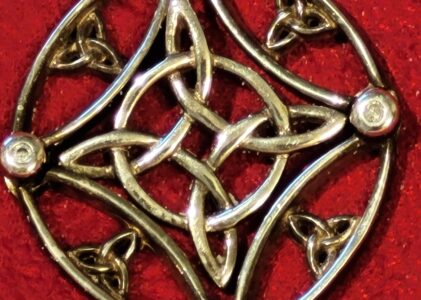This is traditionally the season of giving. In the world in which we live, there can be an external pressure to perceive that giving must have a financial cost to it. The idea of the bigger the better is really promoted at this time of year.
I remember when I was in the financial planning industry, sitting with clients who had repeatedly accumulated debt every holiday season. In an attempt to provide the perfect holiday, and the perfect gifts they exceeded their means. The cost of the debt, which compounded with interest, increased exponentially causing a huge amount of stress on the families. The interest on credit cards, or even lines of credit add up quickly to a great deal of money. An expenditure which brings us no value. Parents worked extra hours, took on secondary incomes, which increased their stress levels, resulting in time away from their families, and feeling exhausted and grouchy when they were with their family. No time left for friends or enjoying the moment. Stress takes a physical toll on our bodies, minds, emotions, and energy.
Ironically, kids don’t really remember that trending toy – that eventually and inevitably gets relegated to the back of the closet. I recently had a conversation with our 25-year-old son, and what he remembered was the year we had a sleigh ride with real horses and our friend Gail’s, German shepherd dog named Bear who kept our feet warm by sitting on us. That was a great day.
The best gift you can give is the gift of you. Your time, your talent, your attention, your love, your presence. To be fully present, put your phone down and lift your face up. We connect with each other though sight, sound, and touch. And smell, the limbic part of the brain is directly connected to the olfactory glands of the nose. The limbic system is a group of structures in the brain that governs emotions, motivation, olfaction, and behavior. It is also involved in the formation of long-term memory.
This is why certain scents can trigger memories. What scent do you affiliate with the holidays?
Here are some ideas on how you can create a holiday memory that will give significant receiver appreciation, without sending your bank account into receivership.
Think Outside the Box
We often overlook the gifts we have to offer. What skill do you possess that can benefit another person?
Giving a few lessons in what you love to do can impact another person in such a significant way. Can you play the guitar? The piano or drums? What about showing your teenager how to prepare a meal from scratch? One on one time with them and no other siblings. Play music, theirs, and yours while you are cooking up some jambalaya in the kitchen.
Baking, music making, craft time, woodworking, soap making, crocheting, sewing, knitting, stained glass, coin collecting, painting both for art and a room. The list is endless. These are all activities that you can do together, where the beneficiary of the activity reaps dividends. They get time with you, building relationships, learn a new skill which they can continue to use or even teach to someone else.
Take a course together. Find a workshop that interests you both.
Exercise with your loved one. The month my daughter and I did a remote yoga class together was fantastic.
Do a charitable activity together. Gift wrapping at the mall, food delivery, so many charities need help.
As the interest in whole foods increases, showing a loved one the art of gardening brings edible rewards from May to November. The thrill of tasting that first crunchy sweet carrot planted from seed, watered, tilled, then harvested, and washed under the hose is amazing.
Many grandparents are choosing to take the grandchildren on an outing or an experience instead of a under the tree type gift. Rose taught her grandchildren to ski. One at a time.
She also took the 4 of them to an indoor water park. Giving a child-free weekend to her kids, while having a fabulous fun whale of a time with the little ones.
This idea of gifting time and talent can flow up hill as well. Most kids today are experts on their computers and their phones. Those skills are now needed by the grandparents as almost everything is done on-line now. An hour or two of computer lessons will add more value to grannie’s life than another cardigan.
Time outside is essential too. Walk in nature, go see the Lights, play in the snow, or on the beach depending on where you live. Play outdoor games with each other. My neighbour organized a circuit training course for her two boys so they can exercise together, while apart. Physical activity burns off tension and anxiety. It creates laughter so moods improve, and everyone gets along better when they are in the groove.
Learn to give a great massage. Hand massages are so appreciated by people who spend hours on the keyboard. Foot/ reflexology massages relax the whole body, improve sleep, reduce stress and most people love them. Couple it with a custom aromatherapy blend and the experience is sheer bliss. FYI, I can teach you this.
If you know a tradesman and your mom needs a new kitchen cabinet, can you trade skills such as an hour or two organizing for some cabinet making? Think creatively.
Granted some of these ideas may be a bit late for this season. But an idea shared is never lost. It increases in the sharing.
Let’s look at Value. Time with a loved one is the most valuable thing. Period. Often, we don’t recognize this until our loved one is gone. I wish I could bake one more pie with my Mom or learn to be a better photographer or listen to my Dad play the harmonica. Time goes by quickly. We do not know how much time we get. Use your time wisely.
The pride of accomplishment, the life skill learned, the time together, the laughter, the love and that joy, unending joy is in the gift. Give the gift of you. It is the perfect gift.










